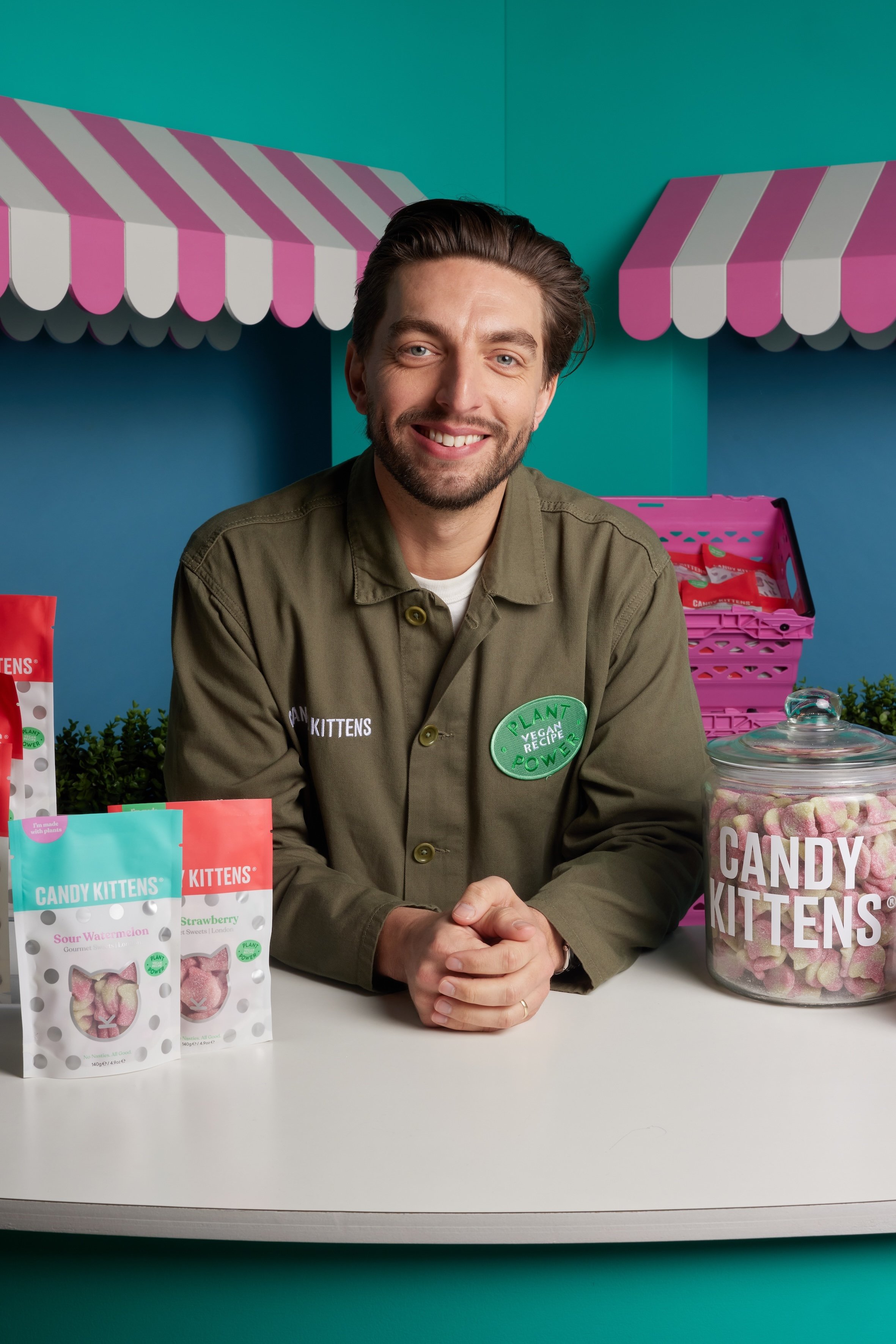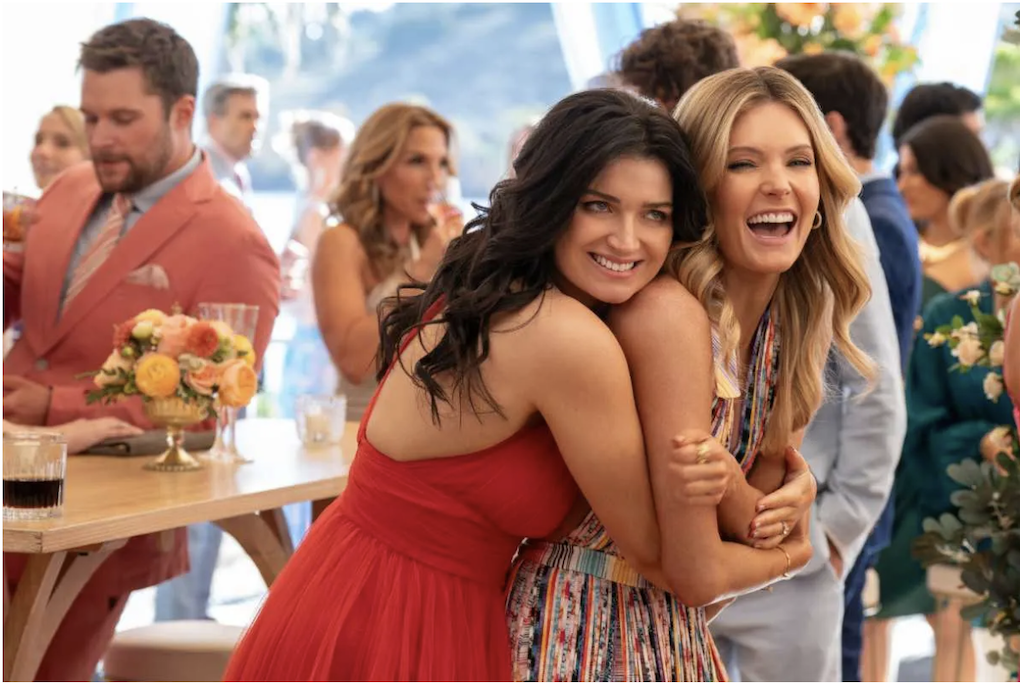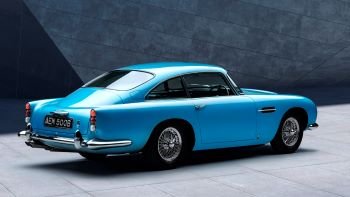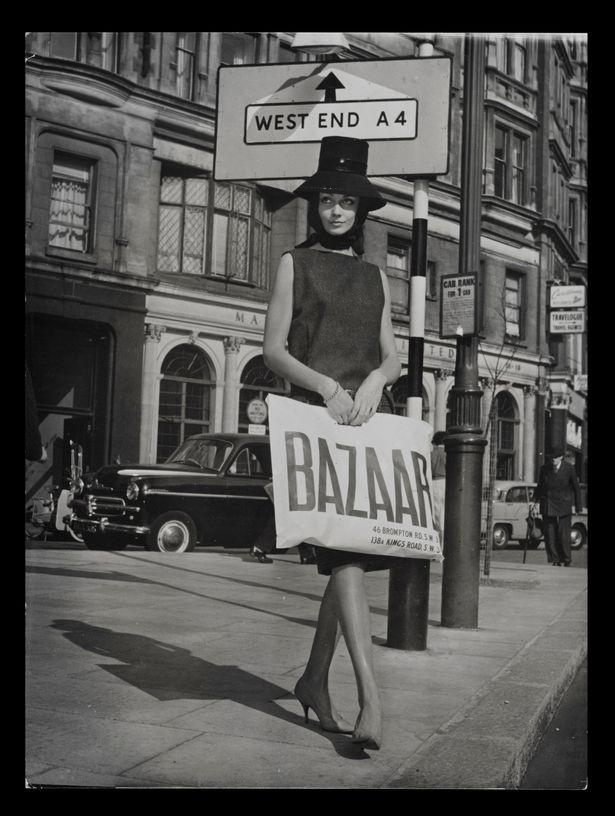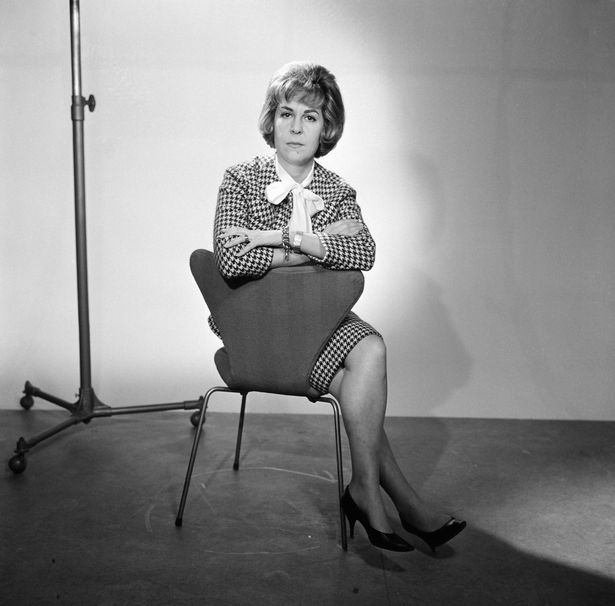With plans to double its global footprint in the next four years, Barry’s—the original boutique fitness brand—is showing no signs of slowing down. From cult favourite to global phenomenon, the brand now boasts 92 studios across 16 countries and four continents. As Barry’s enters its next era, Ned’s Club caught up with Executive Chairman Joey Gonzalez to talk red rooms, risk-taking, and the unexpected power of community.
Joey Gonzalez
You joined Barry’s 21 years ago. Back then, it was still in its early days?
At the time, I was transitioning out of an acting career. I’d been performing since I was 13—musicals, TV, film, mostly in Chicago. Then I moved to LA to study at UCLA and figure out what was next. I’d just discovered fitness in my own life when I found Barry’s. From the first few classes, I was hooked. There was something electric about it—the energy, the community, the results. Six months in, Barry (the founder) asked me to teach. It felt like a perfect fit. There’s a real performance aspect to being an instructor—musicality, presence, connection. It clicked immediately. Within a week of teaching, I knew this is what I wanted to do for the rest of my life.
And from that moment in the studio, you eventually led the company to global scale. Was that part of the original vision?
Not at all. I’ve never been title-driven—I was just really committed to the brand and its mission. Barry and the founding team had created something special, but they hadn’t imagined it growing beyond LA. I kept asking, can we open more?, but there was a fear it wouldn’t translate outside of that local community. Barry’s was the very first boutique fitness studio. There was no blueprint.
In 2009, you took a leap—investing your own money to open in San Diego. Then, New York?
Yes, and New York was a much bigger risk. The capital expenditure was four to five times higher than anything we’d done before. I used every dollar I’d saved from acting, leveraged my house, and moved across the country. No one in New York had heard of Barry’s. We were starting from scratch. But we opened in Chelsea, and the first weekend was sold out with waitlists. It was immediate. That was the moment we knew: this could be something bigger.
Was that the beginning of the Barry’s blueprint?
Exactly. Behind the scenes, I was working on systems, manuals, and eventually the franchise company. When we had our first private equity investment in 2015, I became CEO. Most recently, I’ve stepped into the Executive Chairman role, which allows me to be even more connected to the people and the experience that started it all.
For those who haven’t experienced it, Barry’s is unlike anything else—equal parts bootcamp, nightclub, and endorphin-fuelled therapy session. What makes it so unique?
It’s definitely a vibe! I’ve heard it called everything—from a cult to a party. For me, it’s fun. It’s energising. It’s a place where like-minded people come together. There’s this powerful mix of intensity and connection. That’s what makes it feel so alive.
92 locations, 14 countries—what’s at the core of Barry’s, no matter where you are in the world?
We’re deeply mission- and values-driven. Our mission is to transform lives worldwide. That’s the through line in everything we do. Whether it’s Los Angeles or Riyadh, we build community. That word gets thrown around a lot, but for us, it’s always been authentic. We didn’t bolt on a strategy to “build community”—we started with it. From day one, it was about the people. We just figured out how to scale what already existed organically.
Any surprises along the way?
Plenty. I always believed in the brand, but I couldn’t have predicted how powerfully it would resonate in places that felt so culturally different to the U.S.—like the Middle East. That’s been the most rewarding surprise: seeing how inclusivity, connection, and community can translate globally.
Do you book into a Barry’s class when you land somewhere new?
I try to! It’s the best way to reset your circadian rhythm and get your energy aligned in a new time zone. A red room sweat session will do that.
Kim Kardashian, David Beckham, Harry Styles… Barry’s has a long list of famous fans. How much has celebrity helped fuel the buzz?
We’ve been incredibly lucky. Until five or six years ago, we weren’t even courting celebrities—it was all organic. We’ve never paid for endorsements. Even now, our influencer programme is trade-based. We’ll gift a pack of classes and in return, they’ll share their experience. That authenticity really matters.
Rumour has it Barry’s is also a pretty great place to meet someone…
Let’s just say, we’ve had no shortage of Barry’s weddings over the years! As for a dating app—I’m not sure we need one.
What about a documentary?
We’ve had plenty of offers, just not the right one.
The pandemic was a turning point for so many brands. How did Barry’s adapt?
We took the opportunity to reinvent. We launched two dozen outdoor studios globally and built our online platform, Barry’s X. It was all about maintaining connection. Clients were telling us, we need Barry’s now more than ever. That reaffirmed the power of what we’d built. We didn’t wait for it to pass—we leaned in.
What keeps you motivated after two decades?
The people. Always. I recently taught a class in the Hamptons and afterwards, a young woman shared her story with me. She burst into tears. And that’s not uncommon. It could be someone navigating divorce, grief, chronic illness—or someone who never imagined they’d lose 50 pounds. That one hour gives them hope, relief, joy. I had that experience, too. Barry’s changed my life. And when your work feels like it has purpose—when it genuinely helps people—it’s very easy to stay inspired.
How do you stay ahead of fitness trends without compromising what Barry’s stands for?
Trends come and go. But what’s always worked is the efficacy of our workout. Barry’s is 50% strength, 50% cardio. It’s results-driven. We might tweak the curriculum every few years, but that core balance remains. It works. That’s why people keep coming back.
Finally, with 92 studios and counting—what’s next?
We’re aiming to double our global footprint in the next four years—adding 60 more studios in the U.S. and 20 globally. But this next chapter is deeply personal for me. I want to spend more time back in the field—listening, learning, staying connected to the real heartbeat of Barry’s: our clients and our studio teams. I’ll still partner with leadership on vision and strategy, but nothing replaces the red room. That’s where I started, and that’s where the magic still happens.
Barry’s is opening soon in Navy Yard, Washington D.C. and New York’s Financial District.
For more, visit barrys.com
Follow Joey at @joeygonzalez











